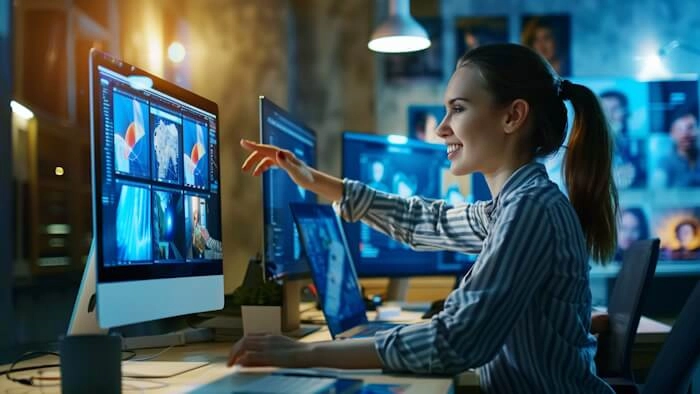Photography, an art form that has stood the test of time, has been greatly influenced by technology throughout its history. From its humble beginnings to the AI-driven present, the evolution of photography is a mesmerizing journey filled with perplexity and burstiness.
The Birth of Photography
In the early 19th century, the world was introduced to the wonder of capturing light on a surface. Louis Daguerre’s invention, the daguerreotype, marked the inception of photography. It’s often surprising to think that in those days, each image required a long exposure time, often several minutes. Contrast that with today’s lightning-fast digital snaps.
Digital Revolution
Our cameras started going digital in the late 20th century as film was replaced by digital sensors. During that time, there was a boom in innovation. In 1999, the Nikon D1 became the first digital camera. This was the start of the digital era.
In the early days of this shift, professionals weren’t the only ones who had a lot of fun. Now, anyone can take photos instantly. With the burst of this transition, photographers could experiment a lot since they didn’t have to wait for film to develop to see the results. It made photography accessible to more people, so a whole new generation got into it.
Smartphone Photography
A lot of changes happened with smartphone cameras. We carry a lot of cameras in our pockets, and these have become really powerful photographic tools. With AI advancements, photography has become more accessible to everyone, making everyone an amateur. Did you know that there are over 3 billion smartphone users out there, all of whom have a camera?
With smartphone photography, there’s more to it than just hardware. There are so many apps and software available for editing and sharing images. Besides capturing a moment instantly, you can manipulate and share it with the world in a lot of ways now.
AI-Powered Photography
Artificial intelligence is the driving force behind modern photography. AI algorithms are capable of enhancing and editing images in ways previously unimaginable. From removing unwanted objects to enhancing colors and textures, AI adds a layer of perplexity to the photographic process. Astonishingly, over 95% of professional photographers now use AI in some capacity in their work.
AI can recognize objects, faces, and even emotions in photographs. This technology empowers photographers to push the boundaries of creativity, knowing that AI can assist in the most intricate editing tasks. Moreover, the rapid pace of AI development continues to redefine the possibilities in photography.
Future Possibilities
There are so many possibilities for the future of photography. The use of Augmented Reality (AR) promises to transform the field. Imagine overlaying digital info on your real‑world view when you take an image. I think this could unlock a ton of creativity.
This mix of past and present, brought to life through technology, is a glimpse into the future. Imagine yourself in a bustling city with an AR‑equipped camera.
From slow daguerreotypes to instant smartphone snaps and AI-driven enhancements, each stage reflects the dynamic relationship between technology and artistry. As we venture into the future, the only certainty is that photography will continue to evolve, surprising us with its ever-changing face.



